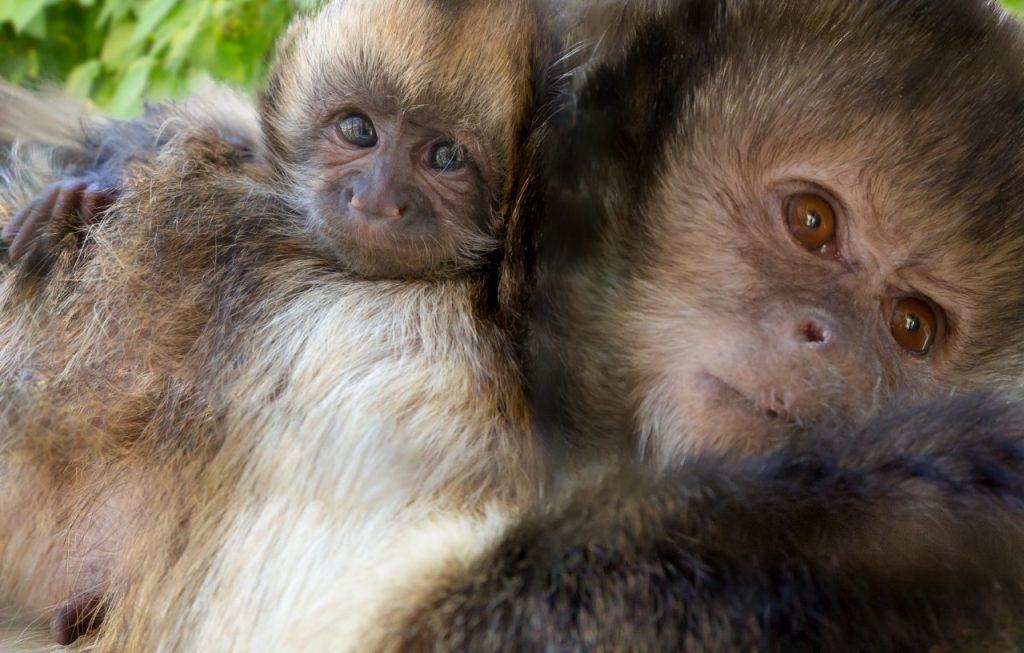Comparative Nutrition of Grizzly and Black Bears
Citation
Robbins CT, Farley SD. 1995. Comparative nutrition of grizzly and black bears. In Proceedings of the First Conference on Zoo and Wildlife Nutrition, AZA Nutrition Advisory Group, Scarborough, OT.
Abstract
The basic nutrition of North American bears is poorly understood because most research has been limited to field studies describing natural history and a few projects focusing on hibernation in captive animals. The facilities necessary for extensive nutrition research with captive bears have been lacking, but in 1986 Washington State University, the U.S Fish and Wildlife Service, and the U.S. Forest Service established a captive bear research program that can provide the numbers of bears and types of equipment necessary for investigating any aspect of bear nutrition. This research program has focused on a comparison of grizzlies and black bears to understand the ecological conditions that favor one species over the other. Areas studied thus far include digestive efficiency, lactation, hibernation, body composition and growth, food habits, and foraging efficiency. Major differences that have been identified include: 1) grizzly cubs require twice as much milk and, therefore, maternal reserves as do black bear cubs and 2) the larger size necessary for reproduction by grizzlies relative to black bears is more difficult to attain on nutritionally-limited food resources, like fall berries.
 Grizzly And Black Bears.pdf 56 KB
Grizzly And Black Bears.pdf 56 KB








